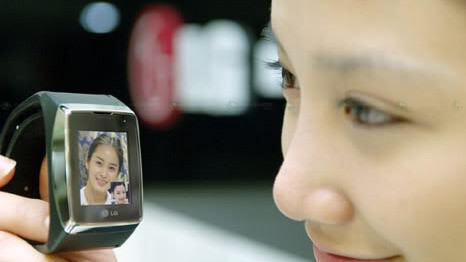
 With the HTC EVO going on sale today from Sprint offering one free month of Qik premium features, we thought we take this opportunity to discuss whether there is a future for geo-aware video apps.
With the HTC EVO going on sale today from Sprint offering one free month of Qik premium features, we thought we take this opportunity to discuss whether there is a future for geo-aware video apps.
First of all, as we learned from AT&T earlier this week, the future of unlimited data plans is not certain. Even if AT&T’s change is an isolated case (Sprint has said that they will stick with their unlimited plan) the fact that the iPhone is exclusively on AT&T could severely impact mobile video streaming services, especially ones that are primarily iPhone apps. That said, for the purposes of this post, we’re going to assume unlimited data (or unlimited spending power on usage overages). This might not be completely practical, but it does make a lot of sense that moving forward, video services are going to avoid AT&T (and sadly the iPhone) and focus on offering services for phones and OS that are offered with unlimited plans (most likely Android phones).
So what exactly would a geo-aware video app be? Well, first of all, it would of course include a geotag, whether for streaming or recording video. Many apps already do this. A true geo-aware video app, however, will integrate this into the app, offering the user an enriched experience. Here are some of the ways this could work:
- Augmented reality – while a user streams their video (whether in chat or recording something) their video stream could automatically include pieces of augmented reality that the viewer on the other end could see.
- For video chat, geolocation could be used to create a map of nearby friends that are currently available to chat and/or notify you when a friend reaches a destination that you would like to chat with them from (i.e. a farmer’s market, a concert, etc)
- Geolocation with video could also be used to triangulate disaster or crisis spots by using multiple video feeds from multiple angles. Also, 3D models could be built on the fly of disasters using the multiple feeds (calling James Cameron)
- Integration with current check-in apps could also be a boon for video apps and vice-a-versa. Quickly being able to see a video from someone that just checked into a place could very interesting and with chat, other users could then respond in a like fashion to the checked in user.
These are just a handful of ideas – we’re sure that there are many more angles that can be taken in combining location and video. Of course, these kinds of apps are not going to be for everyone (check-in apps certainly aren’t right now), and there will need to be fine-grained privacy settings, but in order to truly get away from the webcam + laptop mindset, we think that integrating location with mobile video apps will help set those services apart.
Get the TNW newsletter
Get the most important tech news in your inbox each week.




